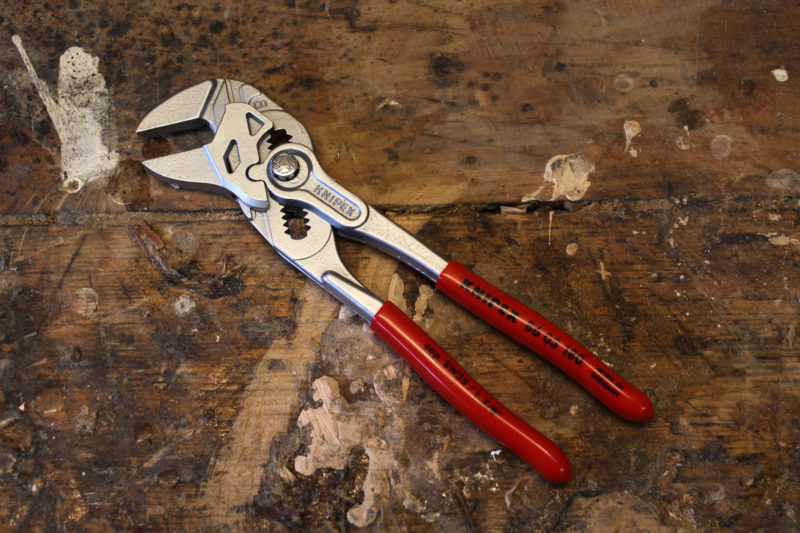 photographs by the author
photographs by the authorThe 180mm Knipex plier wrench is a good size for all of my boat and trailer applications.
I have a lot of wrenches and pliers in my shop. There’s plenty of room for them there, but aboard my boats I have to keep my toolkit to a minimum. A single tool that can stand in for several is a welcome addition; the Knipex plier wrench, as its name suggests, does the work of both pliers and wrenches. Its parallel jaws will fit hex nuts and bolts and its extraordinary gripping power makes it possible to tighten them and loosen even rusted ones without slipping off and rounding their corners.
The power comes from the short half-circle tab, a part of the upper handle that drives the sliding lower jaw. From the center of the pivot to the bearing surface on the tab is just 3/8″; from the center of the pivot to the middle of the handgrips is 4″. That’s a mechanical advantage of 10.7 to 1. With my grip strength of 85 lbs (measured by squeezing a bathroom scale in both hands and dividing the reading by 2), the pliers can apply 909 lbs of pressure. Squeezing at the ends of the handles pushes that over a half ton. By comparison, my old pair of angle-nose slip-joint pliers, roughly the same size and shape as the Knipex, can expert only 218 lbs at the jaws’ tip and 544 lbs at their inner angle. The Knipex can flatten the edge of a steel washer and pinch small cable crimps tight, things pliers can’t do.
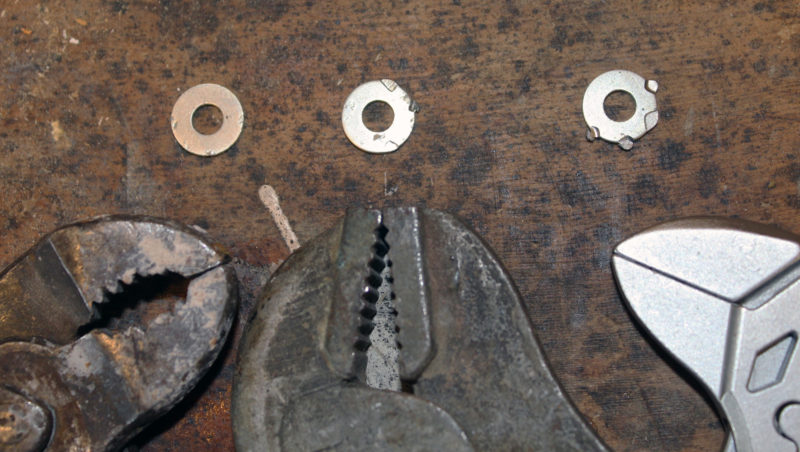
My 7-1/2″ angle-nose slip-joint pliers (left) couldn’t do much damage to a steel washer, a 9″ vise-grip (center) could slightly dent the steel with a strong grip, and the Knipex plier wrench (right) could easily flatten it.
Pressing the spring-loaded button at the pivot adjusts the space between the jaws. At the tool’s widest setting, the jaws open up to 1-3/8”. At each of the 13 settings, the jaws have a 1/4″ range of motion. That range is what gives the plier wrench the ability to turn a nut without removing and replacing the tool repeatedly as you would a box, open-end, or adjustable wrench. When pressure isn’t being applied to the handles to set up for the next turn, the ratcheting effect makes the plier wrench as fast as a socket wrench, with the additional advantage that the handles are in line with the nut and the jaws are less likely than a socket with an offset handle to slip off the work.
The jaws have smooth, flat faces and get their grip from pressure rather than by ridges or teeth, which can mar the workpiece, particularly the brass and bronze hardware often used on boats. The smooth parallel faces are also well suited to working sheet metal.
I’ve found a couple of ways to operate the Knipex plier wrench with one hand. With my left hand I can hold the lower handle, press the button with my thumb, and slide the moving jaw up and down. With my right hand holding the upper grip, I press the button and open the upper jaw wide with a flick of the wrist; then I’ll close it with my index finger to the size I need.
The plier wrench comes in four sizes: 125mm (5″), 150mm (6″), 180mm (7-1/4″), and 250mm (10″). I bought the 180mm from Hardwicks for $56.50, a steep price unless you consider of the number of tools it can replace in your boating toolkit.![]()
Christopher Cunningham is the editor of Small Boats Monthly.
Knipex manufactures its tools in Germany, and the plier wrenches are available at many hardware stores and online retailers.
Is there a product that might be useful for boatbuilding, cruising or shore-side camping that you’d like us to review? Please email your suggestions.
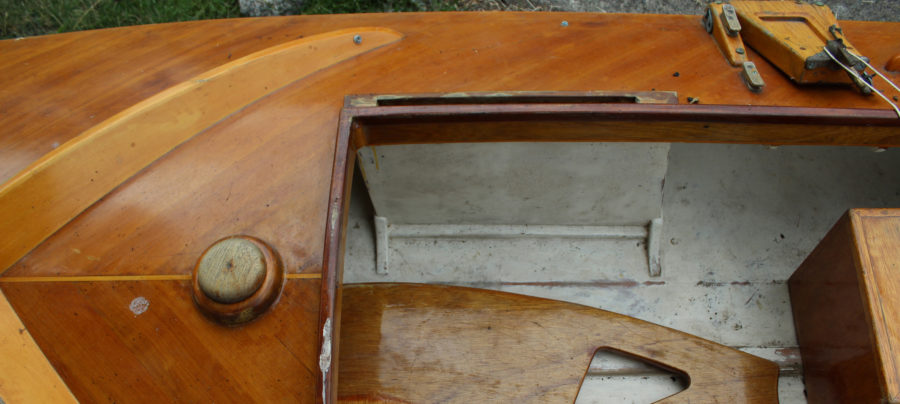
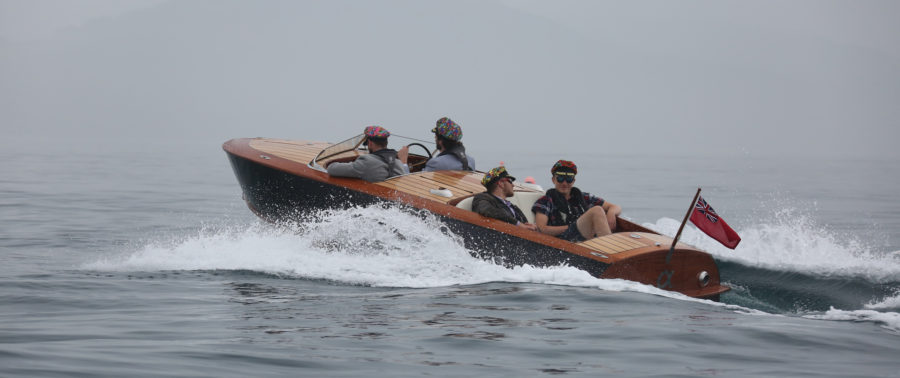
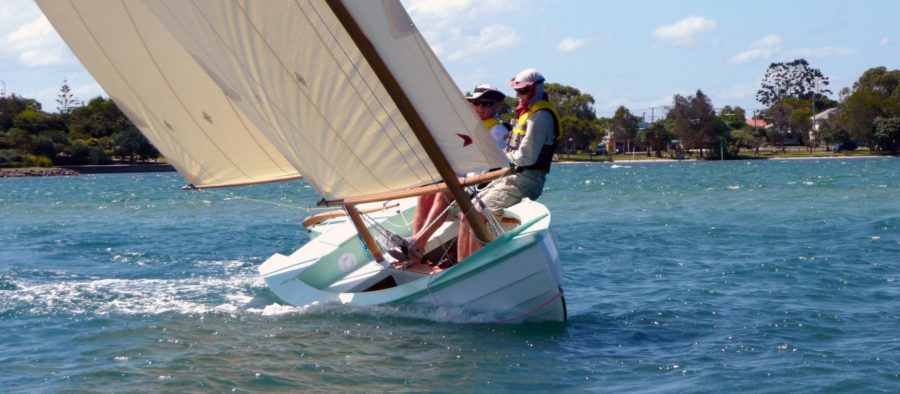

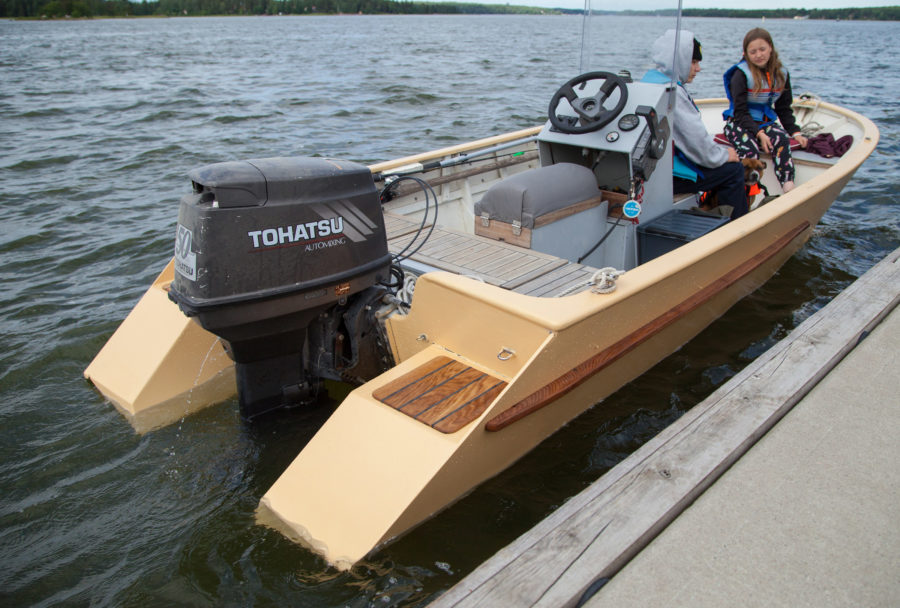
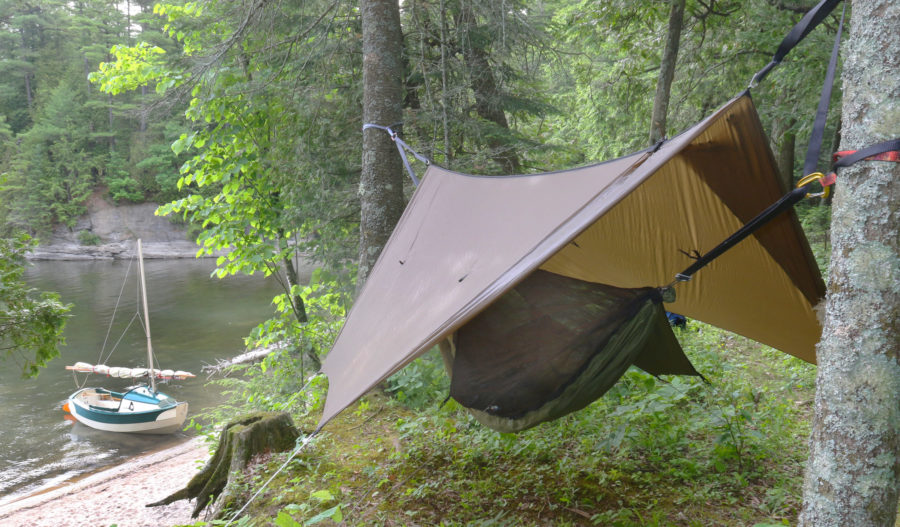
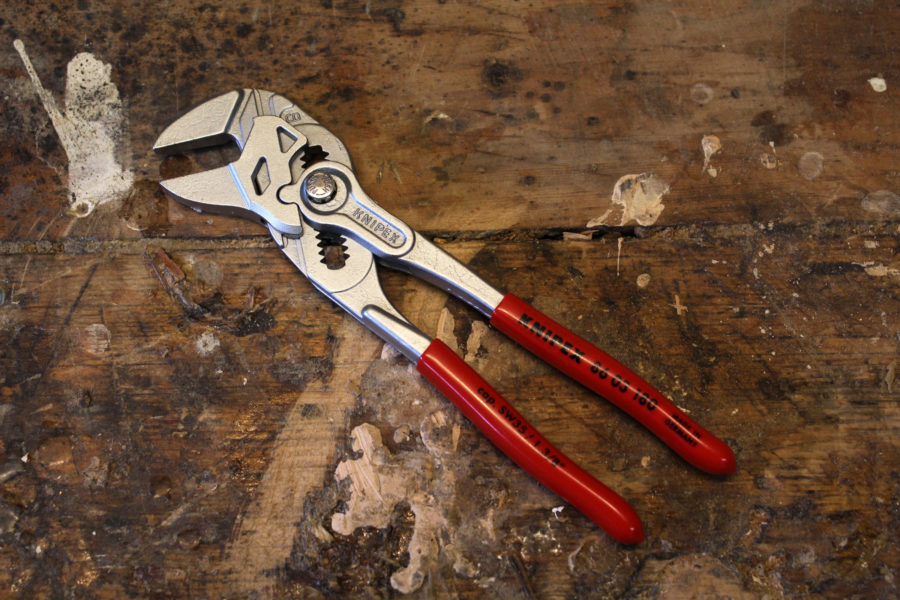

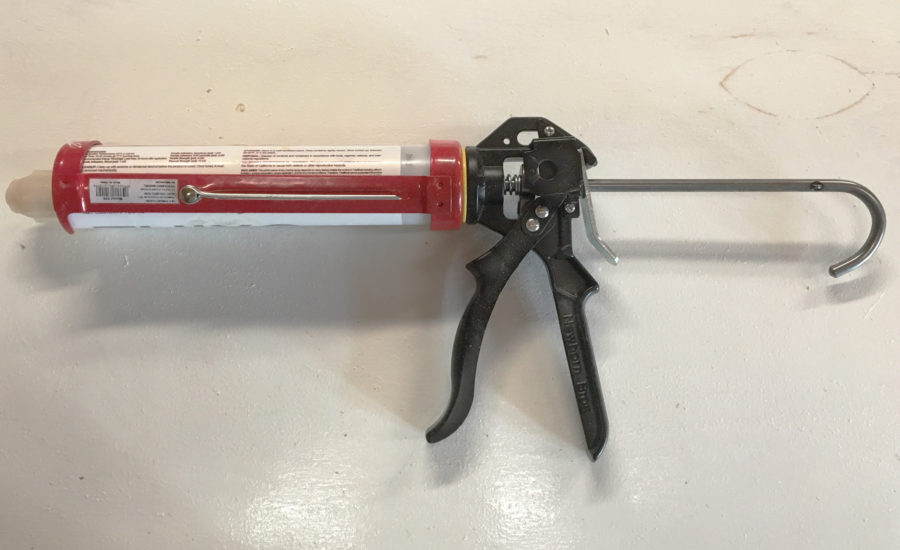
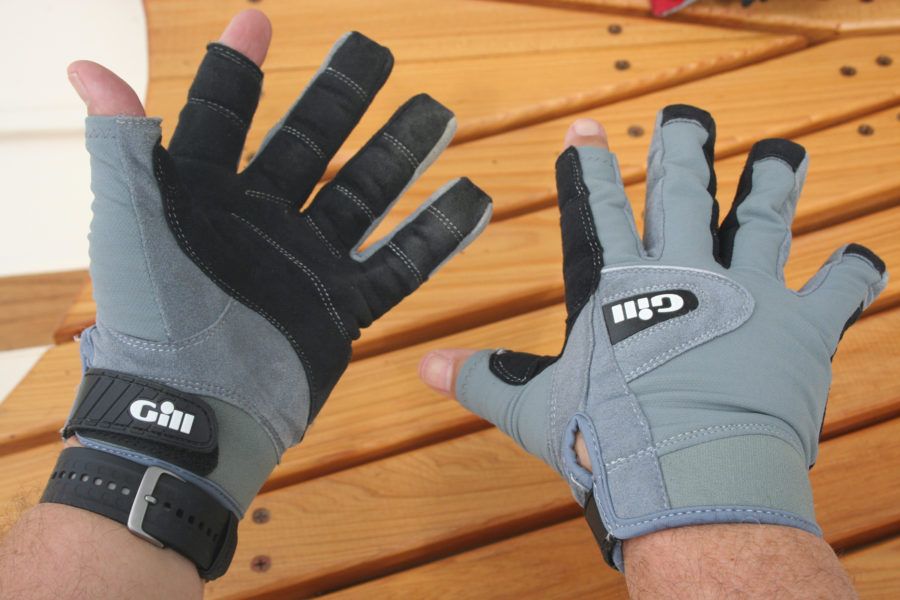
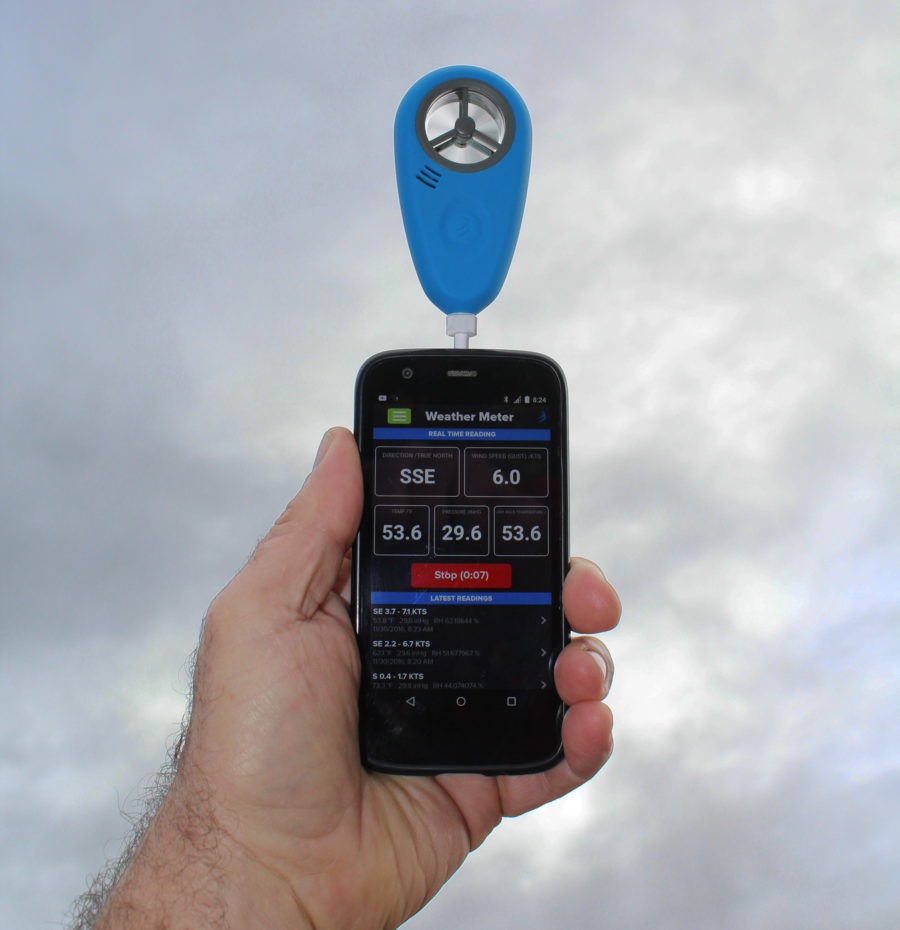
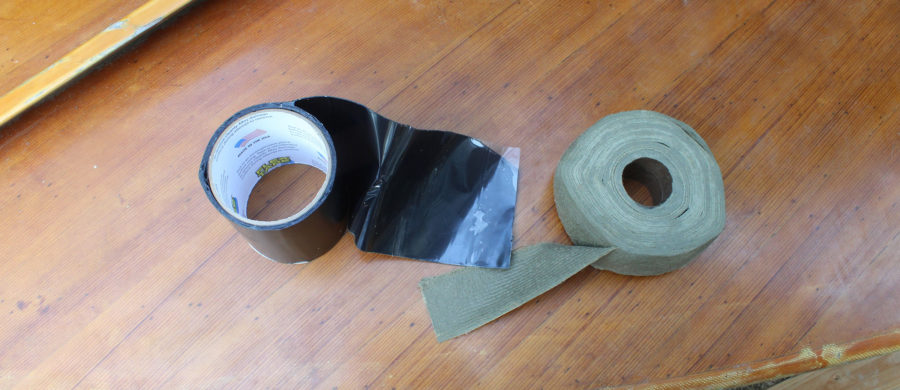
I have a pair of these and absolutely love them. They live in my tool bag whether working on a rigging or a mechanical job. One of my most-used tools. I’m soon going to get a small pair as well. Highly recommend them.
I have several and love them. Best tool ever! Because they are pricey (but well worth it) I drilled a small hole through handle and have light lanyard attached.
After reading this article, I bought a pair of these. Great tool. So much better than a Cresent wrench. Gonna have to get the whole set.
It is justified to pay more money for tools like “Knipex” because they are indestructible !!
I’ve been looking for a versatile tool for my boating kit. After reading this, the Knipex plier wrench seems like a great fit. Can you share any specific instances where this tool proved especially useful during your boating adventures?